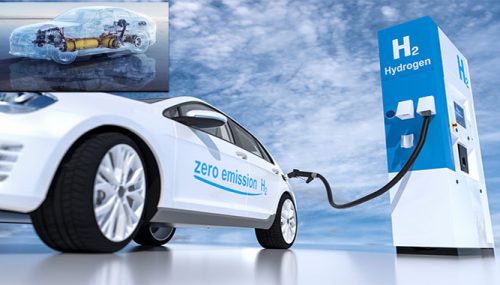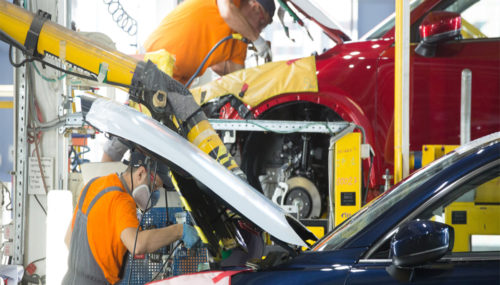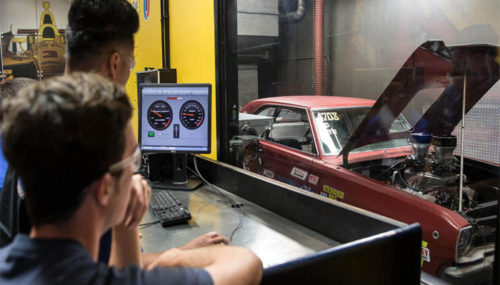The U.S. automotive industry is a critical sector of the country’s economy, contributing significantly to employment, manufacturing, and exports. Various economic factors play a pivotal role in shaping the growth and success of this industry. In this article, we will explore some of the key economic factors that influence the U.S. automotive industry.
Consumer Spending and Confidence
Consumer spending and confidence are crucial determinants of the U.S. automotive industry’s health. When consumers feel economically stable and confident, they are more likely to make significant purchases, such as buying new cars. An increase in consumer spending can stimulate demand for vehicles, leading to growth in the automotive sector.
Factors such as low unemployment rates, rising wages, and favorable interest rates can positively impact consumer spending and confidence. Conversely, an economic downturn, high unemployment rates, or unstable financial markets can dampen consumer sentiment and reduce vehicle purchases.
Interest Rates and Financing Options
Interest rates and financing options offered by lending institutions greatly influence the affordability of vehicles for consumers. Lower interest rates make borrowing cheaper, encouraging consumers to finance their vehicle purchases. This, in turn, boosts demand in the automotive industry and supports growth.
When interest rates are high, borrowing becomes more expensive, and consumers may be less motivated to take on new car loans. Automakers and dealerships often offer incentives and promotional financing deals to offset higher interest rates and entice consumers to make purchases. Therefore, interest rates and financing options heavily impact the purchasing power of potential car buyers and ultimately affect the growth of the automotive industry.
Fuel and Energy Costs
Fuel and energy costs have a significant impact on consumer preferences and trends within the automotive industry. When fuel prices rise, consumers often shift their preferences towards more fuel-efficient vehicles. This has led to the increased popularity of hybrid and electric vehicles in recent years.
Similarly, changes in energy costs and availability of alternative fuels, such as natural gas or hydrogen, can influence the demand for specific types of vehicles. As energy costs continue to fluctuate, automakers must develop innovative solutions and adapt their product offerings to cater to changing consumer demands, affecting the overall growth and direction of the automotive industry.
Global Economic Factors and Trade Policies
The U.S. automotive industry is also greatly influenced by global economic factors and trade policies. Trade negotiations, tariffs, and agreements between countries can impact the cost of importing and exporting vehicles and automotive parts.
The imposition of tariffs or trade barriers can disrupt global supply chains and increase costs for automakers, impacting their competitiveness and profitability. On the other hand, favorable trade policies can provide opportunities for growth and expansion by facilitating the export of U.S. vehicles to foreign markets.
Furthermore, economic conditions in key export markets can influence the demand for U.S. vehicles. A strong global economy can lead to increased international demand, benefiting the growth of the U.S. automotive industry.
Government Regulations and Incentives
Government regulations and incentives can significantly shape the growth of the U.S. automotive industry. Fuel efficiency standards, emissions regulations, and safety requirements imposed by federal and state governments dictate the design and production of vehicles.
Additionally, government incentives, such as tax credits for purchasing electric vehicles or subsidies for developing new technologies, can stimulate growth and innovation in the automotive industry.
The growth and success of the U.S. automotive industry are influenced by various economic factors. Consumer spending and confidence, interest rates and financing options, fuel and energy costs, global economic factors and trade policies, as well as government regulations and incentives, all play crucial roles in shaping the industry’s trajectory.
As the economic landscape continues to evolve, it is essential for automakers, policymakers, and stakeholders within the industry to monitor and adapt to these economic factors to ensure sustained growth and competitiveness in the U.S. automotive industry.



















